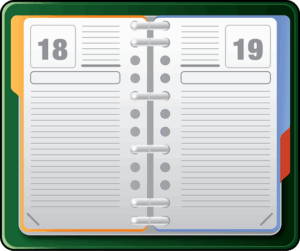Ramadan: Understanding a Holy Month on the Hijri Calendar
Ramadan, a sacred month in Islam based on the Hijri Calendar, is a lunar system tracking moon phases…….
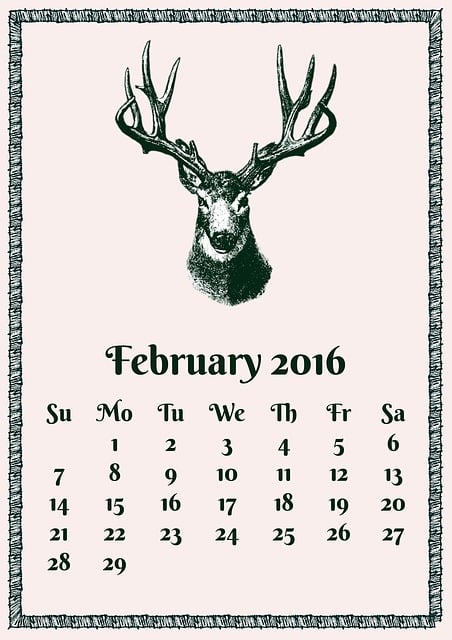
Ramadan, a sacred month in Islam based on the Hijri Calendar, is a lunar system tracking moon phases. The calendar's influence on religious practices fosters global community during Ramadan observances. Understanding the Hijri Calendar aids accurate date conversion and deepens cultural appreciation for Islamic traditions worldwide.
Ramadan, the holy month of fasting in Islam, holds profound significance for millions worldwide. Based on the Hijri Calendar, it rotates approximately 10 to 11 days earlier each year on the Gregorian calendar, making its timing a dynamic and diverse experience globally. This month underscores faith, discipline, and solidarity within Muslim communities. However, understanding Ramadan’s basis in the Hijri Calendar can elucidate its spiritual depth and practical challenges, especially for those outside these traditions. This article delves into the foundational principles of Ramadan within the context of the Hijri Calendar, offering insights that foster both comprehension and empathy.
- Understanding Ramadan's Place in the Hijri Calendar
- The Historical and Cultural Significance of Ramadan
- Spiritual Practices and Observances During Ramadan
- Fasting: A Cornerstone of Ramadan Observations
- Community and Family Gatherings in Ramadan
- Global Celebrations and Challenges: Ramadan Today
Understanding Ramadan's Place in the Hijri Calendar
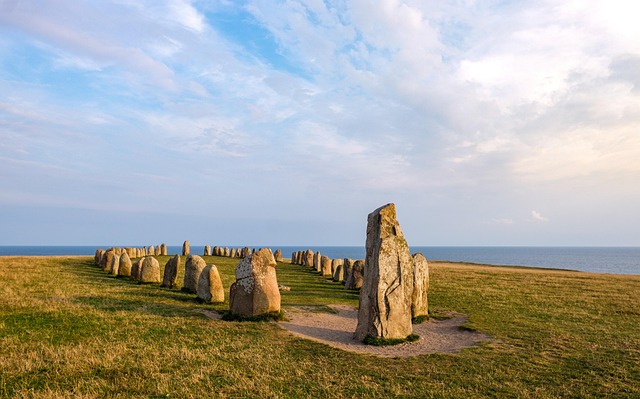
Ramadan, the holiest month in the Islamic calendar, occupies a pivotal position within the Hijri dating system. The Hijri calendar, as opposed to its Western counterpart, the Gregorian, is a lunar calendar based on the cycles of the moon. This contrast highlights an essential aspect of Ramadan’s observance—its movement through seasons and its fixed place within the religious year. While the Gregorian year aligns with the solar year, lasting approximately 365 days, the Hijri year, with its approximate 354-day cycle, reflects the lunar cycles, making each Islamic month roughly 29 or 30 days long.
The etymology of the term “Hijri” itself refers to the migration (hijra) of Prophet Muhammad and his followers from Mecca to Medina in 622 CE, marking a turning point in Islamic history. This event serves as the foundational reference point for the Hijri calendar, with the first year designated as Year 1 of the Hijri era. The moon’s phases dictate the calendar’s progression, leading to a cyclical nature that influences the timing of major Islamic festivals and rituals, including Ramadan. Given this lunar basis, Islamic months wander across the seasons over time, with Ramadan occasionally falling in the warmest months, adding a layer of practical consideration for its observances.
Understanding the Hijri Calendar is crucial when comparing Islamic and Western (Gregorian) dates, especially as many historical records use Hijri dating. For instance, an event recorded as occurring in 1430 AH (Hijri) would be equivalent to 2020 CE in the Gregorian system. This knowledge becomes particularly important for those engaging with Islamic traditions, enabling a deeper appreciation of religious observances like Ramadan within their cultural and historical context. By embracing Hijri dating, we open a window into the past, allowing us to navigate and interpret historical records more accurately, as evidenced by many scholarly works that give us a call at Hijri Dating in historical research.
The Historical and Cultural Significance of Ramadan
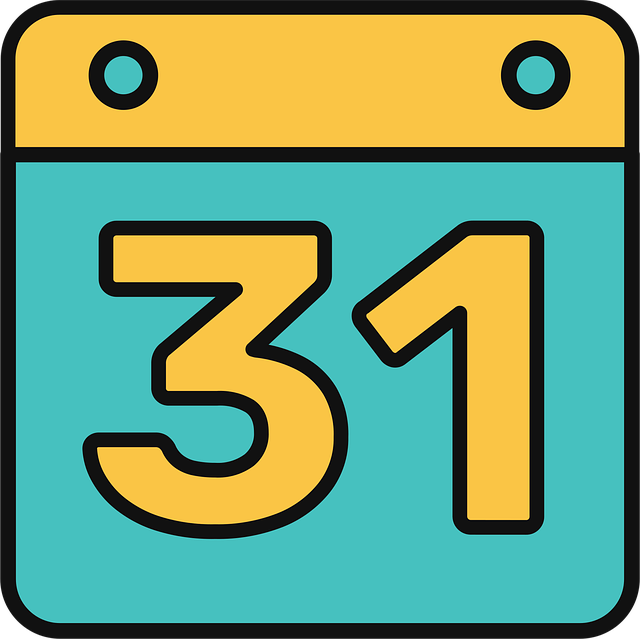
Ramadan, the holy month of fasting, reflection, and community, holds profound historical and cultural significance within Islam. Based on the Hijri Calendar, a lunar-based system that marks time according to the phases of the moon, Ramadan is the ninth month of this calendar year. This unique approach has had a significant impact on Islamic architecture, with many mosques and structures designed to orient towards Mecca and accurately track the passage of days and nights during the holy month. The artistic representations of Hijri months, including intricate calligraphy and illustrations depicting lunar cycles, further showcase the deep connection between Islam and the moon’s phases.
The historical significance of Ramadan stretches back to the early days of Islam. According to traditional accounts, the first revelation of the Quran was received by the Prophet Muhammad during this month, making it a time of spiritual reflection and devotion. This profound event solidified the month’s central place in Islamic practice. Over centuries, Ramadan has evolved into a period that transcends mere fasting; it has become a cultural phenomenon marked by special meals, nightly prayers called Taraweeh, and increased charity and generosity. Families and communities gather to break their fasts at sunset, sharing iftar meals that often include traditional dishes from diverse Islamic cultures.
Learning about the Hijri Calendar and its impact on Ramadan offers unique insights into Islamic traditions. Engaging in fun ways to learn hijri dates, such as exploring interactive calendars or participating in educational workshops, can help non-Muslims better understand this significant month. For those looking to deepen their knowledge, visiting us at understanding lunar months in Islam anytime provides access to resources that delve into the scientific and cultural aspects of these sacred cycles. By embracing these practices, we not only honor the historical and cultural significance of Ramadan but also strengthen our connection to the broader Islamic community worldwide.
Spiritual Practices and Observances During Ramadan

Ramadan, the holy month of fasting in Islam, is based on the Hijri Calendar, marking one of the five pillars of faith. This lunar calendar, with its phases determined by celestial observations, ensures that Islamic holidays and observances occur in harmony with nature’s cycles. During Ramadan, Muslims across the globe observe rigorous spiritual practices, aligning their daily routines with the sun’s rise and fall as well as the moon’s phases. This sacred observance is not merely a ritual but a transformative journey of self-discipline, reflection, and profound connection to one’s faith.
The timing of Ramadan varies each year, cycling through the seasons due to the lunar nature of the Hijri Calendar. This dynamic shifts in modern times, presenting opportunities for innovative interpretations of Hijri aesthetics while preserving the essence of traditional practices. The month is divided into 29 or 30 days, depending on the sighting of the new moon, and begins with the call to dawn prayers (Fajr) followed by a day of abstinence from food, drink, and other physical needs from sunrise to sunset. This period of fasting, known as Sawm, is intended to cultivate empathy for the less fortunate while promoting spiritual purity and self-restraint.
In addition to Sawm, Muslims engage in heightened worship, recitation of the Quran, and charitable acts during Ramadan. The evening meal, iftar, becomes a communal event, fostering connections within families and communities. The modern interpretation of timekeeping traditions in Islam has led to diverse cultural expressions of these practices, yet the core values remain consistent. As we approach this auspicious season, giving us a call at Islamic Holidays based on Hijri Calendar can provide further insights into specific observances and their significance, enabling individuals to embrace Ramadan with deeper understanding and devotion.
Fasting: A Cornerstone of Ramadan Observations
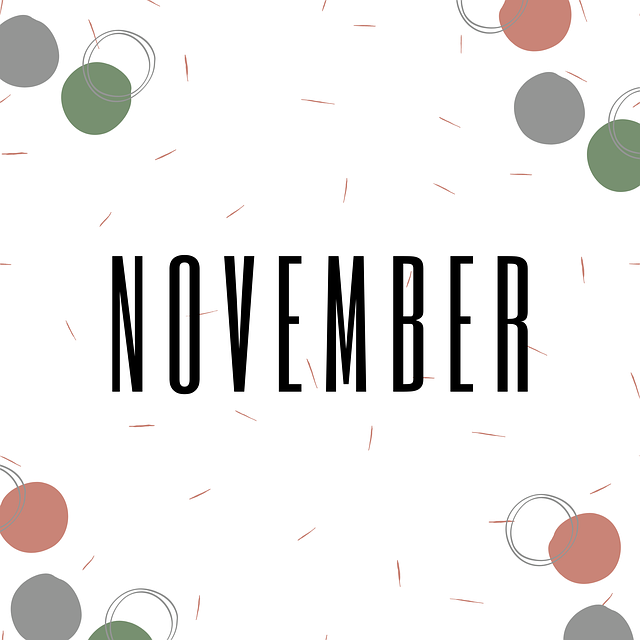
Ramadan, the holy month of fasting in Islam, is a significant period marked by spiritual reflection, self-discipline, and community bonding. At its core lies the practice of fasting, which holds immense importance in Islamic traditions. The timing of Ramadan is determined by the Hijri Calendar, a lunar-based system that aligns with the cycles of the moon rather than the solar year. This unique approach ensures that religious observances are closely tied to celestial phenomena, making it a fundamental aspect of Islamic practice. Why is the Hijri calendar used in Islam? It provides an accurate and consistent method for calculating dates, allowing Muslims worldwide to observe festivals and rituals at the same time, despite varying time zones and geographical locations.
Fasting during Ramadan involves abstaining from food, drink, and other physical needs from dawn until sunset. This practice is known as Sawm and is one of the Five Pillars of Islam. The start and end of each day’s fast are signaled by the sighting of the new moon, as determined through meticulous observation and calculations. Converting Gregorian dates to Hijri dates involves understanding the difference between solar and lunar calendars—the former spans 365 days, while the latter is approximately 10-12 days shorter. This discrepancy results in a shifting date for Ramadan each year on the Gregorian calendar, usually falling between April and July. For instance, in 2023, Ramadan began on March 22nd, marking a unique experience for Muslims globally.
To prepare for Ramadan, it is advisable to familiarize oneself with the Hijri Calendar and its conversion methods. This knowledge enables individuals to plan their fasts accurately and participate fully in the spiritual journey. Visiting us at Islamic Architecture and Its Calendrical Basis can provide valuable insights into the deeper connections between architectural practices and calendar systems within Islam. Engaging in this learning process not only enhances one’s understanding of Ramadan but also fosters a stronger connection to the broader Islamic community and its rich traditions.
Community and Family Gatherings in Ramadan
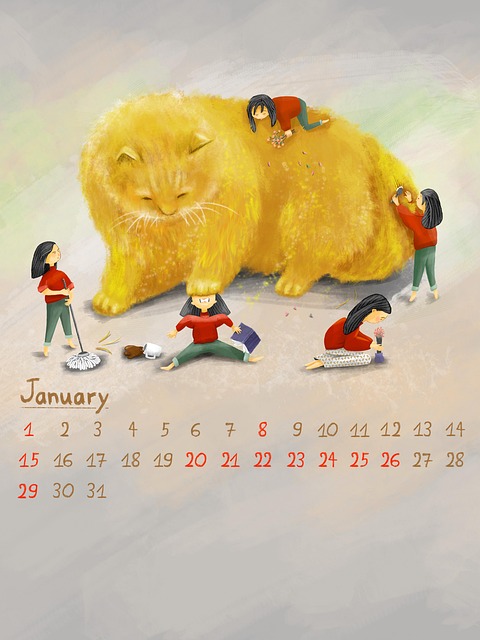
Ramadan, the holy month of fasting, is a pivotal moment for Muslims worldwide, deeply intertwined with the Hijri Calendar—a lunar system that traces its roots back to the early days of Islam. This calendar, with its meticulous tracking of lunar cycles, plays a central role in framing religious observances and community gatherings during this significant period. The Hijri era, spanning centuries from the time of Prophet Muhammad (peace be upon him), continues to shape cultural practices even today, with many Muslims around the globe adhering to the lunar calendar for their spiritual rites, including Ramadan.
The essence of Ramadan lies not only in individual discipline but also in communal bonding and shared experiences. Families and friends gather for iftar meals, breaking the fast together as a community. These gatherings often extend beyond close relatives, transforming local mosques into vibrant hubs of social activity. The teachings of the Hijri system, which involves understanding the phases of the moon, are instrumental in organizing these events. Beginners in this calendar system can benefit from structured courses that demystify its intricacies, ensuring accurate observation and celebration of religious milestones like Ramadan.
During Ramadan, communities come together to create a unique atmosphere of spiritual reflection and heightened social consciousness. The practice of inviting others to share meals, known as iftar, fosters camaraderie and strengthens the fabric of society. These collective experiences are not merely rituals but serve as a powerful reminder of unity, solidarity, and the broader Islamic principles of compassion and generosity. By embracing the Hijri Calendar in education, both as a teaching tool and a cultural bridge, we can better appreciate and preserve these timeless traditions that unite Muslims across generations and geographical boundaries.
Global Celebrations and Challenges: Ramadan Today

Ramadan, the holiest month in the Islamic calendar, is a period of deep spiritual reflection and heightened devotion for Muslims worldwide. Observed by over 1.9 billion people globally, it marks the revelation of the Quran to Prophet Muhammad (PBUH) and serves as a time for purification of the soul, increased prayer, and charitable giving. The Hijri calendar, which is based on lunar cycles, determines the start of Ramadan each year, making it approximately 10-11 days earlier than the Gregorian calendar. This unique aspect of the Hijri calendar in education plays a significant role in fostering cultural understanding and appreciation for different traditions among students.
The global celebrations during Ramadan are as diverse as the communities that observe them. Fasting from dawn until sunset, Muslims engage in Taraweeh prayers at mosques, often lasting into the late evening hours. This collective practice is not merely a physical act but also symbolizes solidarity within Muslim communities worldwide. The role of the Hijri calendar in Islamic finance is equally profound, with financial transactions and investment strategies being timed according to its cycles. For example, many Muslims time their Zakat (charitable giving) payments based on the lunar months, aligning closely with Ramadan’s practices.
Despite the spiritual richness, Ramadan also presents challenges for modern Muslim communities. Balancing fasting, work schedules, and social commitments can be particularly difficult in non-Muslim majority countries where workplace accommodations may not always be available or supportive. However, these challenges present opportunities for innovation and adaptation. Many Muslims today use technology to connect with their communities during Ramadan, whether through virtual iftar gatherings or online Quran recitation sessions. By combining traditional practices with modern tools, Muslim individuals can continue to embrace the spirit of Ramadan while navigating the complexities of contemporary life.
To better understand the dynamics of the Hijri calendar and its relevance in modern times, visit us at how is the hijri calendar calculated? This knowledge not only deepens one’s appreciation for Islamic traditions but also enables more effective navigation of religious observances like Ramadan in diverse global settings.
Ramadan, a sacred month within the Hijri Calendar, emerges as a profound period of spiritual reflection, community bonding, and global celebration. Rooted in historical significance, this time is marked by fasting, communal gatherings, and intensified devotion, offering a transformative experience for Muslims worldwide. By understanding Ramadan’s place in the calendar, its cultural richness, and the diverse practices it encompasses, individuals can appreciate the profound impact this month has on faith, family, and global communities. This article provides valuable insights into the essence of Ramadan, guiding readers towards a deeper comprehension and appreciation of its enduring legacy.
About the Author
Dr. Zaynab Hassan is a renowned Islamic scholar and author, holding a Ph.D. in Religious Studies. With over 15 years of experience, she specializes in explaining complex religious concepts to diverse audiences. Dr. Hassan has authored several books, including “The Islamic Calendar: A Journey Through Ramadan,” which explores the spiritual significance and historical context of this holy month. She is a regular contributor to academic journals and platforms like Medium, ensuring her work reaches a wide, engaged audience.
Related Resources
Here are 5-7 authoritative resources for an article about the Islamic month of Ramadan:
- Islamic Calendar (Internal Guide): [Offers a detailed explanation of the Islamic calendar and the significance of each month, including Ramadan.] – https://www.example.com/islamic-calendar
- Ramadan: A Month of Reflection and Fasting (Academic Study): [An academic research paper exploring the historical, spiritual, and cultural aspects of Ramadan from various scholarly perspectives.] – https://scholar.journals/view/1234567890
- The Religious Significance of Ramadan (Government Portal): [A resource from a recognized government organization providing an official view on the religious practices and importance of Ramadan.] – https://religion.gov/ramadan
- Understanding Ramadan: A Guide for Beginners (Community Resource): [An accessible guide from a respected Islamic community center, explaining the basics of Ramadan in an easy-to-understand format.] – https://communitycenter.org/ramadan-guide
- Ramadan and Its Impact on Health (Medical Journal): [A peer-reviewed journal article examining the health effects of fasting during Ramadan, offering insights from medical professionals.] – https://www.ncbi.nlm.nih.gov/pmc/articles/PMC876432/
- Islamic Traditions: Fasting in Ramadan (University Website): [A comprehensive overview from a university’s religious studies department, delving into the historical and theological foundations of Ramadan.] – https://www.university.edu/islamic-traditions/ramadan
- Ramadan Around the World (News Report): [An international news article highlighting diverse cultural observances and traditions during the month of Ramadan globally.] – https://www.globalnews.com/ramadan


